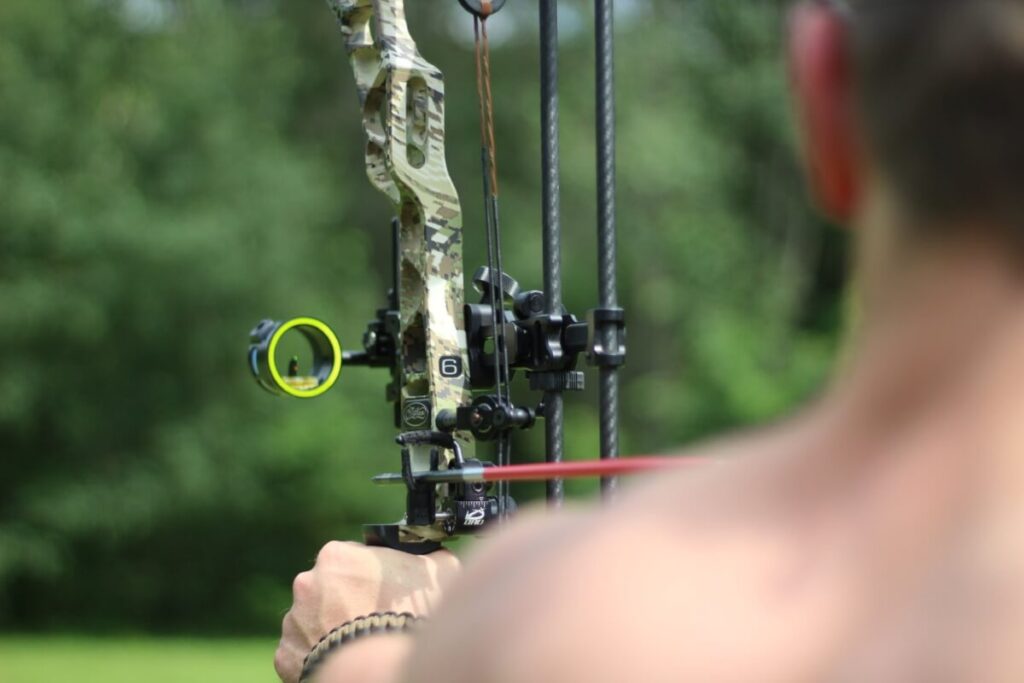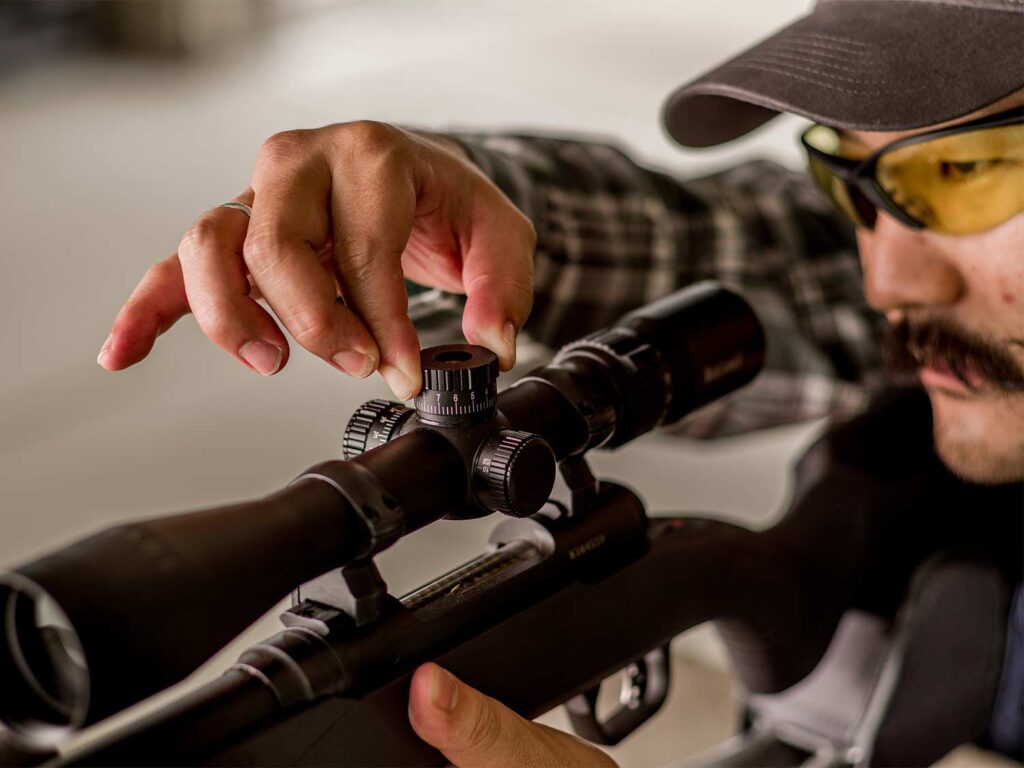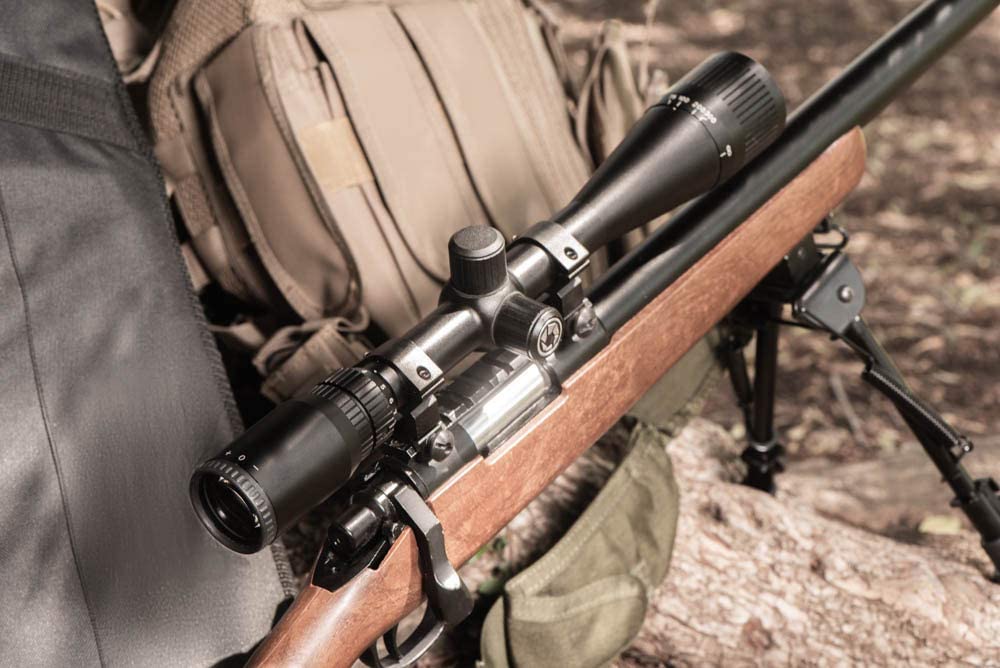

Thanks to technological advancements, night vision has been a thing for a while and we can easily capture images with no visible light. If you have watched spy movies, you have probably seen some black or green night vision shots. The shots are filmed with night vision cameras. Night vision was once an exclusive military thing, but currently you can find it on smartphones and surveillance systems.
Thermal imaging on the other hand, is a more advanced technology that allows you to see well in the dark. They are commonly used in cars to help people drive safe in the dark or in bad weather. So, night vision vs. thermal imaging, which is better? Well, both technologies are useful in helping you see when there is limited amount of light and you have to know how each of them works to be able to narrow down to a considerable option.
Thermal imaging uses infrared scanners Trusted Source An infrared scanning system was used along with inverse heat conduction methods in IR computerized axial tomography (IR CAT scan). aip.scitation.org that sense and measure the heat signatures of objects and translates them into images. The objects with higher heat will appear brighter than those with lower heat.
Thermal imaging is not so popular but it has extensive uses. It is highly preferred by people because it requires zero amount of light to work and adverse weather conditions don’t prevent it from working either. Whether there is a crazy dust storm, fog, or smoke, thermal imaging remains reliable showing crisp clear pictures that can help prevent road hazards.
Its ability to work in adverse conditions also makes it a top choice for law enforcers. They use it to detect suspects hiding in obscured places at night. Night time hunters can also make the most out of thermal imaging devices like a thermal scope or a pair of binoculars. The main targets during hunting are likely to be animals. Animals generate their own heat and contrast. The thermal imaging binoculars or scope will be able to make the image of the animals from the differences between their heats.
Most thermal devices feature incredibly high-range infrared sensors. For instance, the popular ATN ThOR LT 320 5-10x Thermal Rifle Scope features a 320×240 px/12 μm 60 Hz sensor that allows to detect objects at the range of 1625 yards, which is pretty impressive.
It is the high-range infrared sensors that make thermal imaging cameras a top choice for high-end vehicle owners with luxury cars that cost top-dollar. They use it as smart asset protection. Even companies that have trucks hauling high value assets like cargo and boats use thermal imaging for increased safety in the night time.
The distance, is remarkably useful to a driver, hunter, or target shooter because it offers extra reaction before hitting an obstacle or object.
The biggest drawback of thermal imaging is its premium price point. Although they have increasingly become affordable and available to anyone over the years.
Night vision devices employ the same concept as standard cameras, only they have a higher magnification. The systems of a night vision device scans night settings and absorbs any little amount of light available. The light is then magnified and projected as images in greenish hues.
Night vision devices are also commonly known as image intensifiers because they intensify any amount of available light. When it is dark outside but there is natural light from the stars, moon or distant light sources, the device will work. If it is pitch dark without a single sources of light then the night vision device cannot work.
If it is dark and the natural sources of light like the moon and stars are blocked by the clouds, then you will experience a remarkable decrease in the clarity of your images. Even fog and intense rain can block light by reflecting it off various surfaces making it difficult for you to get clear images.
Also, they are not the best to use in twilight hours. During this time, the light is too much for the NVG device as much as it is too little for you to see with your naked eyes. The main upside of NVG devices is that they are much more affordable than thermal imaging.
According to expert reviewers, the ATN BinoX-HD 4-16x/65mm Binocular is one of the best night vision binos that money can buy. You can use it both during the day and at night and with its smart range finder, you would never have to carry extra equipment to calculate the distance between you and the target object. If you are interested in night vision scopes, ATN X-Sight-4k Pro Edition features a revolutionary Ultra HD Day/Night sensor that gives you an incredibly crisp picture from any distance.
Knowing the key differences between the two devices will help you make the right choice for your nocturnal activities. Here are some of the main differences;
While night vision needs nearby visible light to work, thermal imaging does not need any light to work. Therefore, if you are stuck between night vision and thermal imaging for coyote hunting, you know better to go for thermal hunting.
Night vision works by magnifying nearby visible light while thermal imaging uses infrared sensors to detect the temperature of the objects around it. In essence, night vision magnifies the light in a scene, then translates it into images with a greenish hue. Thermal imaging, comparatively, translates heat signatures into clear images with bright yellow, orange or red color.
With adverse atmospheric conditions like a dust storm, excess rain, fog and smoke, you cannot use night vision because they will interfere with the nearby visible lights. On the contrary, thermal imaging is not impaired by any of the conditions as it can be used in absolute darkness.
Night vision is much cheaper and more common than thermal imaging because it is an outdated technology. Thermal imaging is a more expensive technology because it is a better option for increased driving safety, and increased accuracy when hunting in the night time.
If you are into night time activities like hunting and surveillance, then night vision vs. thermal is an inevitable debate for you. You must know the differences between the two for you to make the best informed choice. Both of the devices have similar applications but there are certain aspects that set them apart.
So, will you buy the best night vision scope for hunting or the best thermal binocular? Well, all night vision devices have the same drawbacks that the standard daylight and lowlight cameras have. They cannot work in total darkness. If you want to go hunting, driving or on surveillance anytime of the night regardless of the weather, then you better invest in a good thermal imaging device. However, if you are working with a low budget, then you would have to go for a gen 3 night vision device over thermal as it will be much more affordable.





